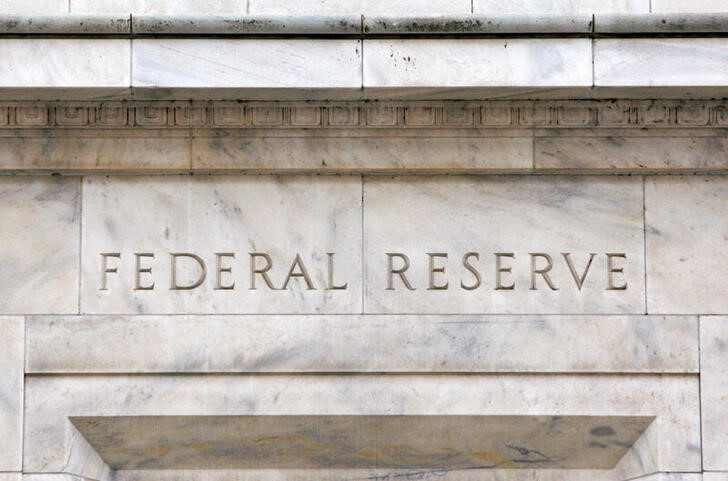Investing.com -- Economic activity was little changed since in recent weeks as consumer spending over the holiday period met expectations across most districts in the U.S. even as consumer grow more sensitive to higher prices at a time when the labor market continues to show signs of cooling, according to the Federal Reserve's Beige Book released Wednesday.
Economy little change as consumers deliver holiday cheer, but worry over higher prices grow
There was "little or no change in economic activity since the prior Beige Book period," the Fed said in its Beige Book economic report, based on anecdotal information collected by the Fed’s 12 reserve banks through Jan. 8.
"Consumers delivered some seasonal relief over the holidays by meeting expectations in most Districts, underpinned by increased leisure travel, and a tourism," it added.
Consumers, however, continue to grow wary of higher prices, the report suggests, forcing retailers to narrow their profit margins and to push back in turn on their suppliers' efforts to raise prices.
Higher interest rates, meanwhile, continued to curb auto sales and real estate deals, but the "prospect of falling interest rates was cited by numerous contacts in various sectors as a source of optimism," the report said.
Most Districts indicating that "expectations of their firms for future growth were positive, had improved, or both," the report added, though flagged several concerns that muddies the economic outlook including worries about the office market, weakening overall demand, and the 2024 political cycle.
Further signs of cooling labor market, moderate price pressures
The strength in the consumer comes even as "nearly all districts" reported more signs of a cooling labor market that helped ease wage pressures. "Firms from many Districts expected wage pressures to ease and wage growth to fall further over the next year," the report added.
On the inflation front, about six, or half of the districts reported "slight or modest price increases, and two noted moderate increases," with most Districts reporting steady or falling input prices, especially in the manufacturing and construction sectors, and more discounting by auto dealers.
Looking ahead, there were mixed view on price pressures, with three districts noting that their firms were expecting price increases to ease further over the next year, while four districts' firms anticipated little change.
The report comes on the heels of data on Wednesday showing U.S. retail sales rose 0.6% in the month of December, topping expectations for 0.4%, underscoring the strength in the economy and denting expectations for a rate cut as soon as March.
The odds of a March rate cut fell to about 50% from 61% a year earlier, according to Investing.com's Fed Rate Monitor Tool, triggering another move higher in Treasury yields.
